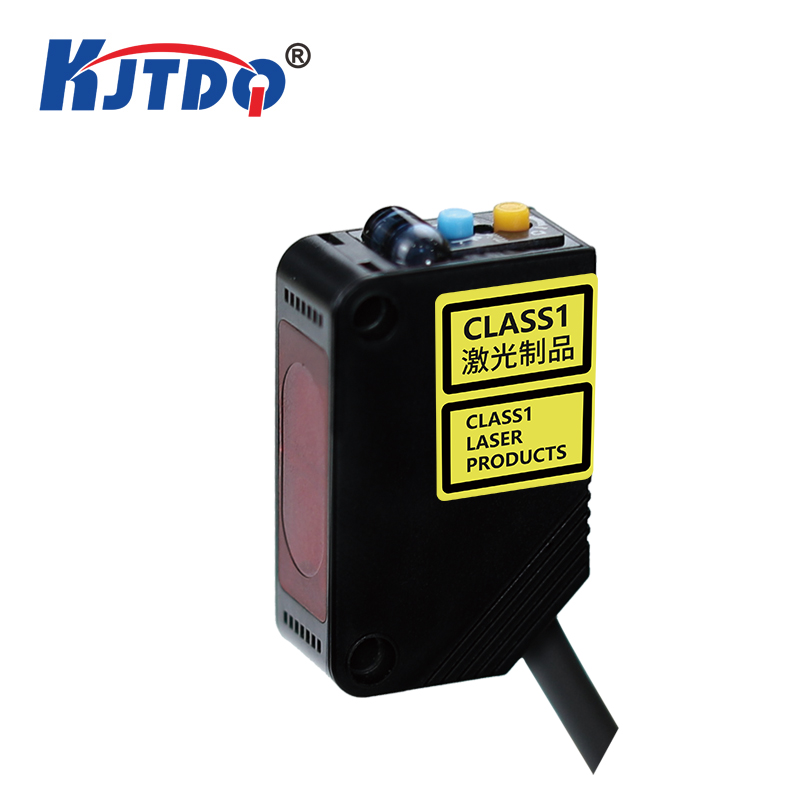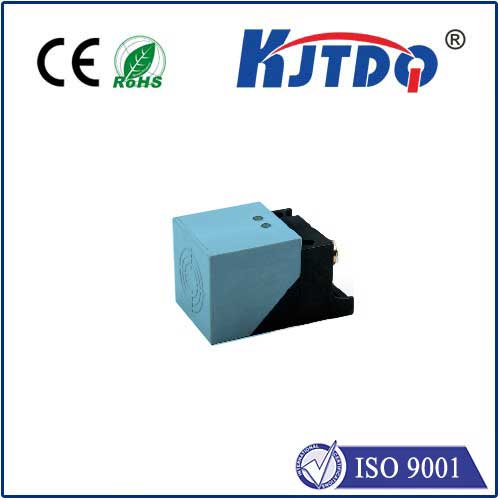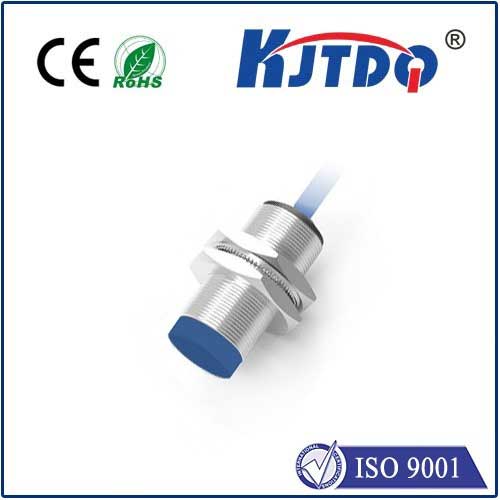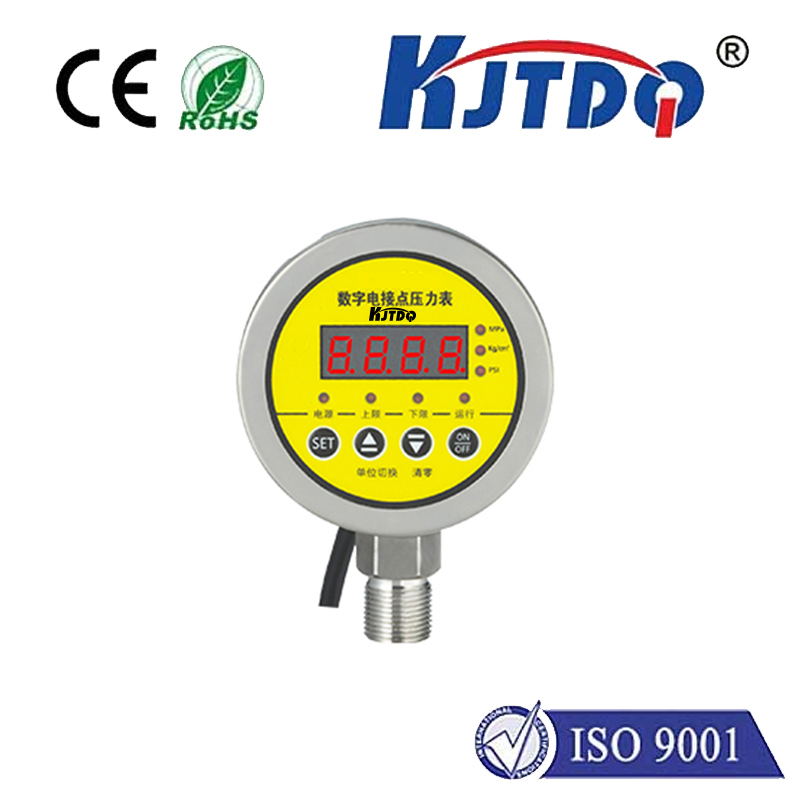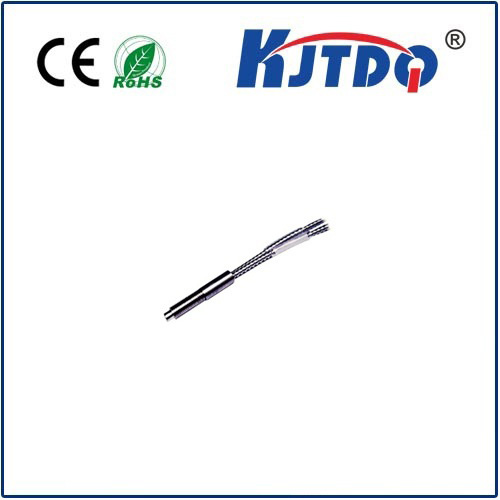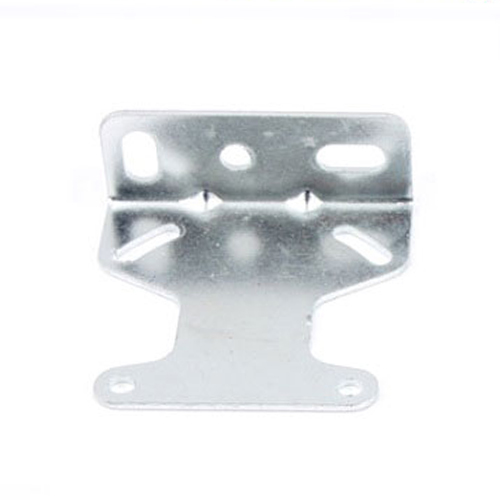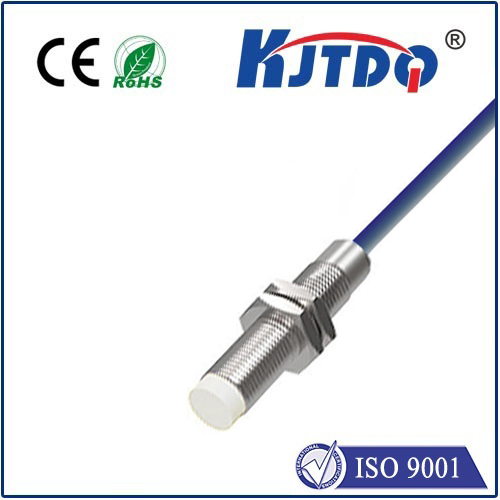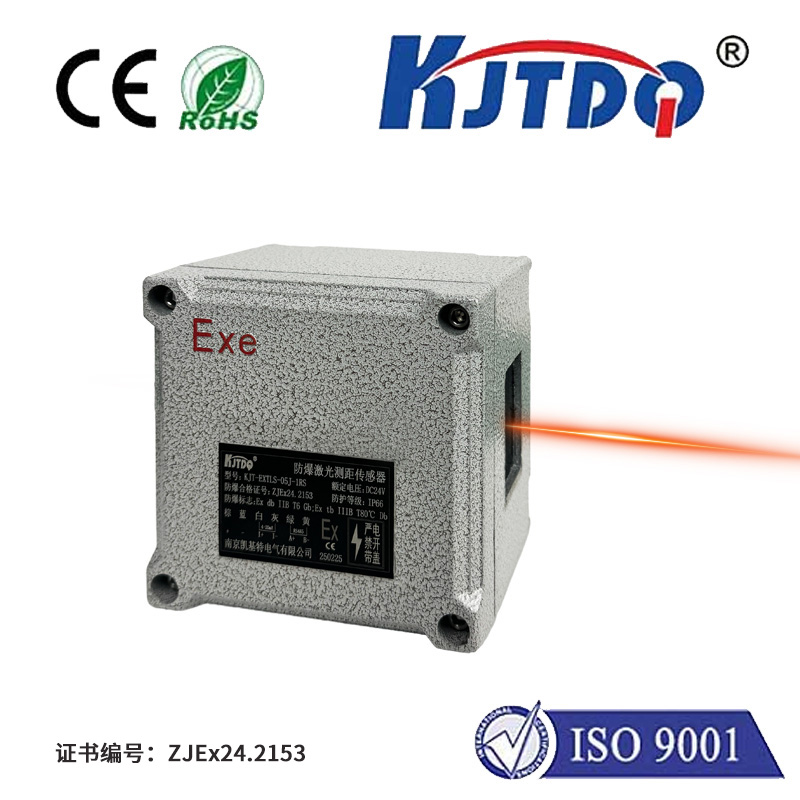coil spring limit switch
- time:2025-08-03 00:05:09
- Click:0
Coil Spring Limit Switch: Precision Meets Protection in Motion Control
We’ve all experienced it – that sinking feeling when something moves too far. Perhaps it’s a garage door groaning beyond its track or the grating sound of metal on metal within machinery. Preventing these scenarios is critical, not just for preventing damage but also for ensuring safety. This is where the unsung hero, the coil spring limit switch, steps in, offering a robust, reliable, and cost-effective solution for countless automation and mechanical systems.
Understanding the Core: More Than Just a Switch
At its essence, a coil spring limit switch is a highly specialized position sensing device. Its primary function is to detect the physical presence or the end-of-travel position of a moving component. When a target (like a cam, lever, or the moving part itself) contacts the switch’s actuator, it triggers an internal electrical switch, sending a signal to the control system. This signal typically halts movement, reverses direction, or initiates the next sequence in a process.
What differentiates it from simpler limit switches is its defining feature: the coil spring actuator. This isn’t just a spring; it’s the heart of its operation and resilience. The actuator consists of a precisely engineered compression spring wound into a coil shape. When the target applies force to the actuator plunger, the coil spring compresses. This compression provides the necessary travel (pre-travel) to reliably engage the internal switch mechanism. Crucially, the spring continues to compress significantly (overtravel) even after the switch has actuated.
Why Choose a Coil Spring Limit Switch? The Tangible Benefits

This unique coil spring design translates into several key advantages, making it indispensable in demanding environments:
- Exceptional Reliability and Long Life: The coil spring absorbs impact and shock, protecting the internal microswitch mechanism. This significantly reduces wear and tear compared to rigid actuators, leading to a dramatically longer operational lifespan, even under frequent cycling. They shrug off vibration that would quickly damage less robust designs.
- Inherent Overload Protection: The ability of the spring to compress fully under excessive force is its superpower. If a machine jams or the moving part travels beyond the intended limit due to malfunction, the coil spring actuator simply compresses further. This prevents catastrophic damage to the switch itself. This built-in overload capacity is a major factor in choosing them for safety-critical applications.
- ️Compactness: Despite their robust nature, coil spring limit switches are often remarkably compact. Their efficient design allows them to fit into tight spaces where rigid lever arm switches might not be practical. This space-saving feature is vital in modern machinery design.
- Cost-Effectiveness: Offering high durability and long life at a comparatively lower cost than many other heavy-duty limit switch types makes them an extremely economical choice for widespread use.
- Versatility in Installation: They are commonly available with various mounting options (threaded body, bracket mounts) and electrical terminations (quick-connect, screw terminals, leads), simplifying integration into diverse systems. Their simplicity also makes them easy to replace if needed.
- Consistent Performance: The mechanical action of the coil spring provides a predictable and repeatable actuation point, crucial for precision positioning and consistent machine operation cycle after cycle.
Where Do Coil Spring Limit Switches Shine? Real-World Applications
The combination of durability, overload protection, and compact size makes the coil spring limit switch incredibly versatile. You’ll find them silently ensuring safe operation in numerous sectors:
- Industrial Automation: Protecting robotic arms, dictating travel limits on linear actuators and slides, signaling the open/closed position on clamps, doors, and guards. Essential for machine tool positioning control.
- Material Handling: Used on conveyors to detect jams, signal the end position of lifts and hoists, and control gates and diverters.
- Packaging Machinery: Ensuring cartoners, fillers, and cappers operate within safe travel limits, preventing collisions and jams.
- HVAC Systems: Monitoring damper positions and verifying filter access panel closure for safety interlocks.
- Automotive Assembly Lines: Signaling fixture positions and ensuring safety guards are closed before a process starts.
- Elevators and Escalators: Contributing to safety systems by indicating positions and ensuring doors are secure.
- Garage Doors: A quintessential application where they reliably signal the fully open and fully closed positions, preventing the door from over-traveling and damaging itself or vehicles. Their robustness handles the vibration and potential impact common in this setting.
Selecting the Right Coil Spring Limit Switch: Key Considerations
To ensure optimal performance and longevity, several factors need careful evaluation:
- Operating Environment: Choose switches rated for the specific conditions: temperature extremes, exposure to oils, coolants, chemicals, moisture, dust (IP rating), or explosive atmospheres (ATEX/IECEx). Seal integrity is crucial.
- Force Requirements: Understand the typical force applied by the target during normal operation and potential shock loads. Select a switch with appropriate spring force. Adjustable pre-travel versions are available for fine-tuning.
- Electrical Ratings: Match the switch’s voltage, current (AC/DC), and contact configuration (SPDT, SPST, etc.) to your control circuit’s requirements. Ensure it can handle any inrush currents.
- Actuator Style: While the coil spring plunger is standard, ensure the size and shape suit the target application. Consider rod-end styles for specific mounting angles.
- Physical Size and Mounting: Ensure the switch dimensions and mounting method (e.g., 3⁄4”-16 threaded body, specific bracket) fit the available space and alignment needs.
Ensuring Long-Term Reliability
While renowned for their durability, coil spring limit switches benefit from periodic visual inspections. Check for signs of excessive wear on the actuator tip, damage to the housing or connectors, and ensure the spring action remains smooth and uncompromised. Keeping the actuator area clear of debris buildup also contributes to optimal performance.
The Workhorse Guardian
The coil spring limit switch exemplifies elegant, robust engineering. Its ingenious coil spring actuator provides the perfect blend of reliable actuation and forgiving overload protection. Its simplicity, durability, compactness, and cost-effectiveness have cemented its place as a fundamental component across countless industries. From the massive presses in a factory to the garage door safeguarding your home, these unassuming switches play a vital role in preventing damage, ensuring precision movement, and most importantly, protecting people and equipment. Understanding their function and selecting the right one is key to building safer, more reliable automated systems.






